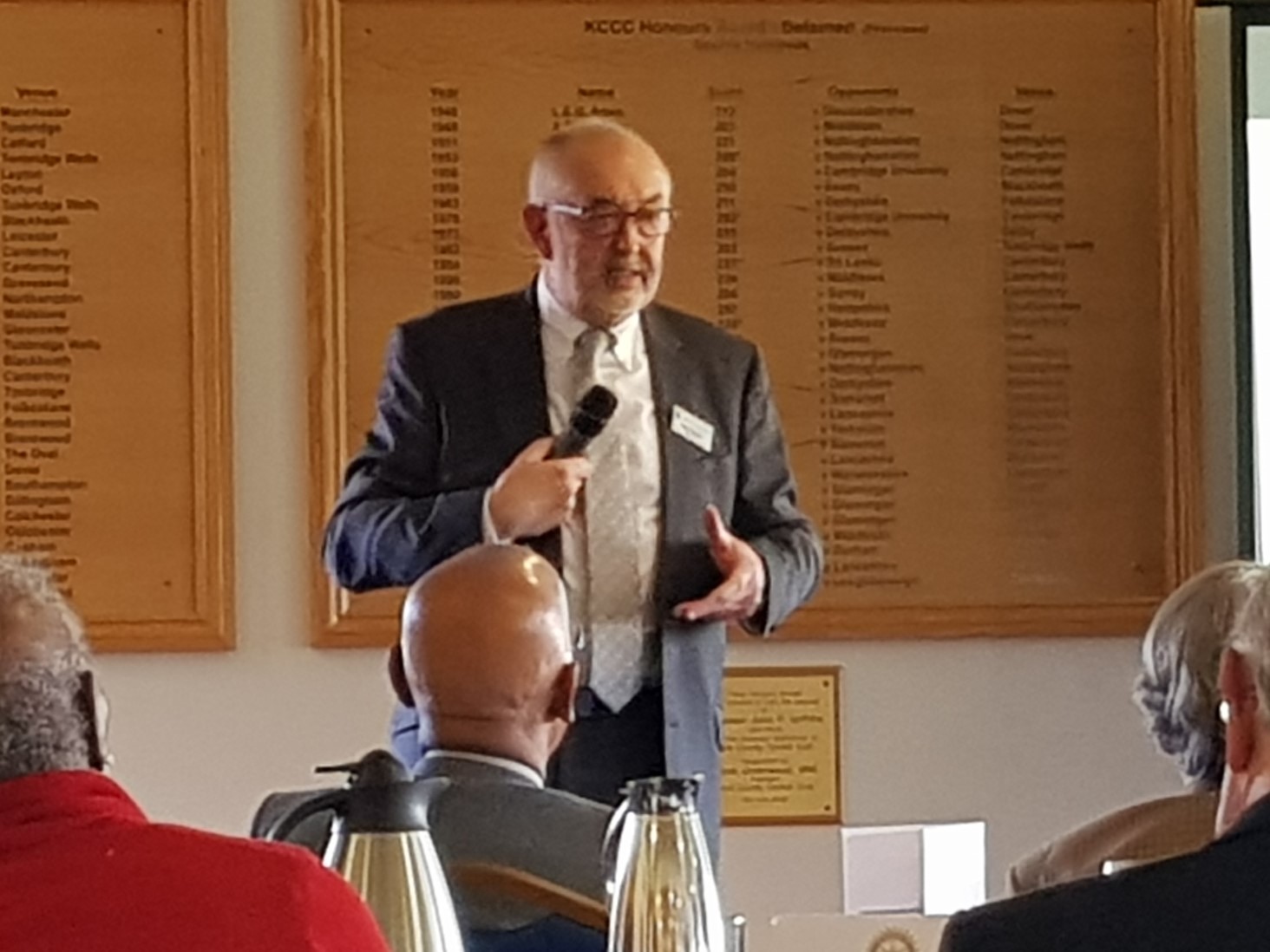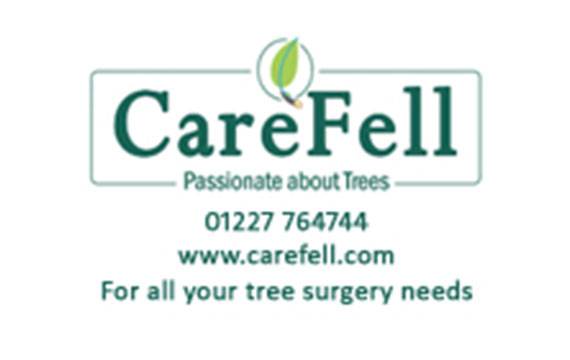
The talk was given to our Members by David Astley, OBE, the Chairman. David is well suited to the role – he was previously a member of the board of Liverpool Women’s Hospital, Chief Executive of East Kent Hospital, and then Chief Executive of St George’s, London. Interestingly, our meeting room bought back happy memories to him of Staff Awards Ceremonies with Gyles Brandeth!
SECAmb is the South East Coast Ambulance Service NHS Foundation Trust, and David opened his talk by reminding us that we’re all ‘shareholders’ in the Ambulance Trust. It was formed in 2006 following the merger of three legacy ambulance services and became a Foundation Trust in 2001. Currently it serves a population of around 5 million and covers an area of 3,600 square miles across Kent, Surrey, Sussex and parts of NE Hampshire. The area served is a mix or rural and urban and the service is open 24/7.
The service responds to 999 calls from the public and other healthcare professionals and also provides the NHS 111 urgent advice service in Surrey, Sussex and parts of Kent (in partnership with Care UK). The service provided these days is far more complex than the minimal hospital transportation service that ambulances used to provide in the old days.
The Trust is a public body with a board and an Independent Non-Executive Team; collectively the team has a cross section of experience, including engineering and auditing. The Executive Team is lead by CEO Daren Mochrie QAM and is also recruited from the ‘wider world’ to ensure a variety of experience.
There are two Emergency Operations Centres (EOCs) – one in Crawley and the other in Coxheath, near Maidestone. The ambulances are dispatched from Crawley, Coxheath or Sussex. The 111 call centres are at Ashford and Dorking. Staff at eight ‘make-ready’ centres clean the ambulances and prepare them with supplies. There are 120 ambulance stations and ambulance community response posts and two hazardous areas response teams (HART) at Gatwick and Ashford (used, for example, for chemical spillage road traffic accidents). Call centres are now very sophisticated, with staff working in 12 hour shifts. They need to stay calm and know when to seek specialist advice.
The service is part of a broader NHS system and works in partnership with ‘blue light partners’ – Fire & Rescue, Police and HM Coastguard. Over 30% of the staff are aged 30 or younger, with 89% of staff directly engaged in responding to patients while the remaining 11% of the staff are involved in providing vital support services. Staff include: paramedics, specialist paramedics (including critical care paramedics), technicians, dispatchers and clinicians. There are also voluntary staff known as community first responders.
The overall strategy for SECAmb is a move towards staff working as mobile healthcare teams. They try to reduce hospital admissions where possible if another solution is available, so no longer provide just a transport service.
999 performance is measured against the Ambulance Response Programme Standards (2017). Patients are categorised by staff into four groups: category 1 patients are most serious – this category includes those with immediate life-threatening and time-critical injuries and illness. At the other extreme, category 4 are less urgent calls where patients may be given advice over the phone or referred to another service such as a GP or pharmacist.
David explained why it is impossible for the service to give an estimated time or arrival: in basic terms, “no matter how ill you are, there is always someone else who might be more ill meaning an ambulance may need to be diverted to a category 1 or 2 patient”.
Focussing on local performance, an average of 9,356 ‘999’ calls are answered each month (a daily average of around 318 calls, which can include duplicate calls to the same incident). All ambulances are now tracked for the whole shift, so the service knows when staff are taking breaks. Clinical performance is measured primarily through clinical outcome measures.
David finished his talk by telling us how 2018 had been a particularly busy year for the service and outlining areas which they aim to improve. Significant investment has now been agreed with a new staff recruitment campaign, and a new EOC at Crawley was officially opened by HRH the Countess of Wessex. There is good progress in meeting response time targets but more to do, especially for lower acuity (Category 3 & 4) patients, and their aim is to improve 999 call answer performance and improve their capacity to deliver required recovery at pace. Finally, they aim to work with their partners, in the NHS and outside, to find solutions to growing and changing demand.
Picture: David Astley talks to Members about SECAmb. Picture credit: Rotary Club of Canterbury, Kent


